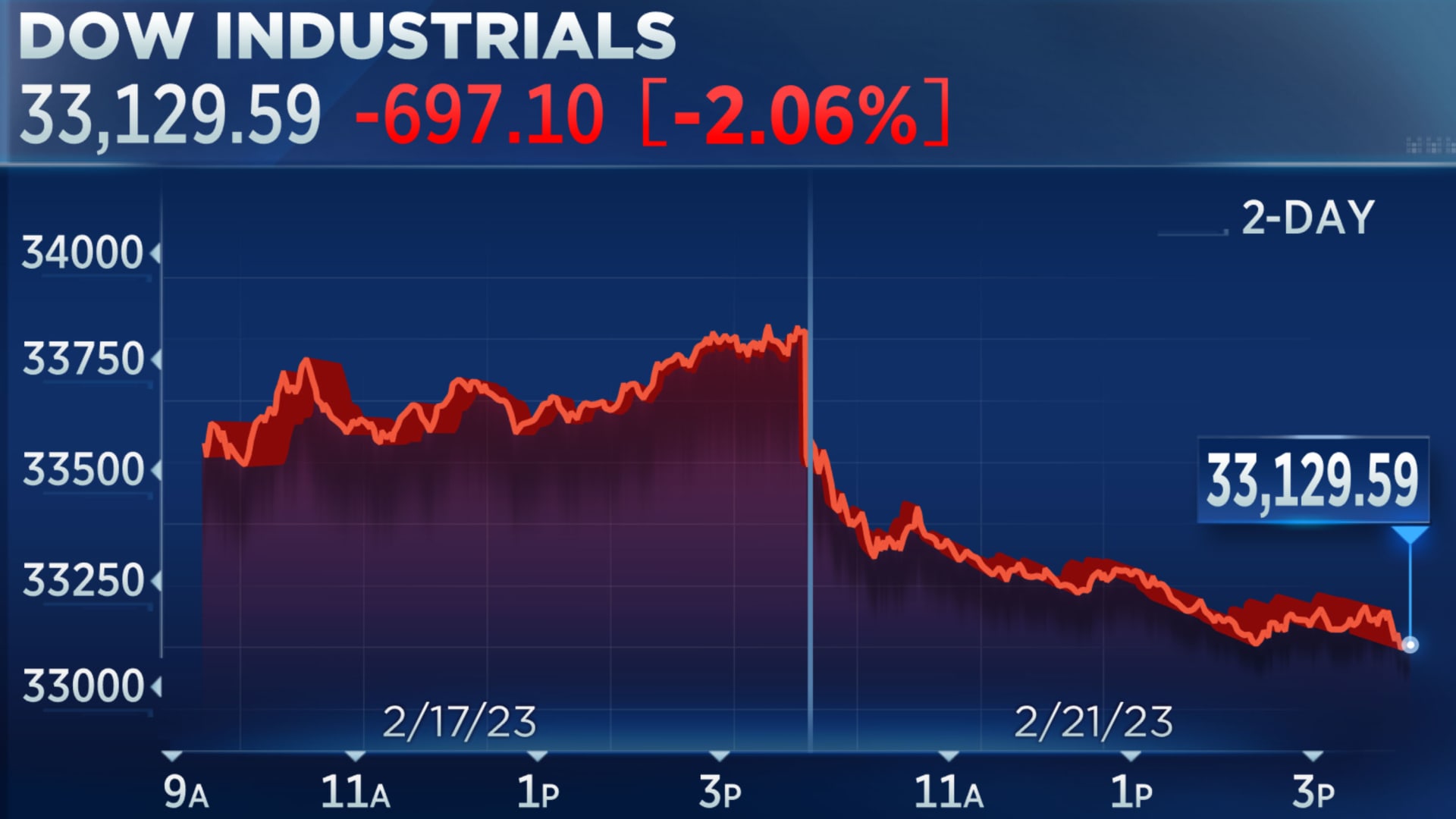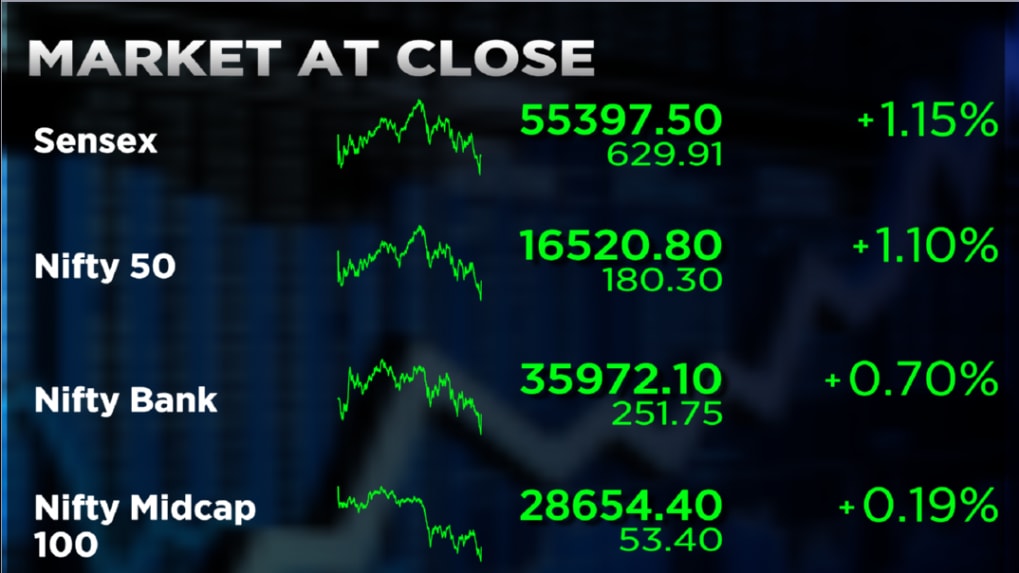Interest prices shift areas simply because they change the cost of money. When credit gets cheaper, businesses can financing growth easier and customers invest more. When funding gets expensive, development cools. Understanding this simple dynamic assists describe why how to invest in the stock market therefore rapidly to rate headlines and policy signals.

When costs increase, valuation multiples have a tendency to compress. Larger discount costs minimize the present price of potential income flows, that will be why development and computer names—often charged on long-dated earnings— see clearer swings. For case, during new rate walk cycles, price-to-earnings ratios in high-growth sectors dropped quicker than those in defensive sectors. Alternatively, when rate expectations ease, those same industries often lead rebounds as investors re-rate potential earnings.
Market conduct also changes with rates. Financials can benefit from wider net curiosity prices when short-term rates climb quicker than deposit charges, though credit risk can counteract that gain late in the cycle. Utilities and customer staples, prized for dividends, sometimes lag in rising-rate surroundings since their bond-like income moves experience stronger opposition from higher-yielding fixed income. Power and industrials can be combined, monitoring equally charge techniques and broader demand signals.
Earnings sensitivity matters. Businesses with higher power sense rate changes first. As refinancing costs increase, fascination price eats in to edges; firms with powerful harmony blankets have more resilience. Watch debt maturities and curiosity protection ratios in quarterly reports to gauge exposure. At the same time, charge changes influence consumer demand: larger mortgage and automobile loan rates can slow big-ticket purchases, pressuring stores and housing-linked names.
Industry breadth and traction often reflect the charge narrative. When plan signs suggest a pause or rocker, chance appetite often broadens beyond a handful of mega-cap leaders. However, hawkish shocks can thin width as investors audience in to observed safe havens. Intraday volatility will spike around policy notices and work or inflation produces since they reset rate objectives in real time.
Realistic recommendations for moving today's atmosphere:
Track the generate curve. A steepening contour can indicate increasing development expectations; an inversion usually warns of slower activity ahead.
Concentrate on cash movement quality. Regular free cash movement and manageable debt masses can buffer against larger financing costs.
Diversify across charge sensitivities. Mixture cyclical publicity with defensives to reduce single-factor risk.

Use dollar-cost averaging all through risky periods in order to avoid moment mistakes.
In the near expression, the way of inflation and the labor market may shape charge expectations— and , by extension, equity valuations. Keeping seated in these mechanics assists cut through sound, align collection possibilities along with your chance tolerance, and place for opportunities when sentiment swings.
